Do you have a question about the Olympus E-M5 Mark III and is the answer not in the manual?
Basic steps for taking still photographs using the mode dial.
Using Program AE mode where the camera sets aperture and shutter speed.
Using Aperture-Priority AE mode to control depth of field.
Using Shutter-Priority AE mode to control motion blur.
Using Manual Exposure mode for full control over aperture and shutter speed.
Techniques for capturing night scenes or fireworks with long exposures.
How to navigate and operate the camera's menu system.
Using bracketing to capture multiple shots with varied settings.
Creating high dynamic range images by combining multiple exposures.
Combining multiple shots into a single image.
Settings and options for movie recording.
Selecting exposure modes for movie recording.
Accessing and using playback and retouching functions.
Adjusting basic camera settings like language and brightness.
Customizing camera functions and button assignments.
Configuring the AEL/AFL button for focus and exposure control.
Adjusting how rapidly the camera responds to subject distance changes.
Setting the initial focus target for group AF modes.
Prioritizing the center target for focus operations in group AF.
Steps to adjust Wi-Fi/Bluetooth settings for smartphone connection.
Selecting and loading images from the camera to a smartphone.
Operating the camera remotely using a smartphone.
Restoring Wi-Fi/Bluetooth settings to their default values.
Turning off wireless LAN and Bluetooth functions.
Important safety information regarding batteries and the charger.
List of monitor indications, possible causes, and corrective actions.
General warnings and cautions for safe operation and maintenance.
Essential instructions for product safety, power, cleaning, and attachments.
Safety advice regarding handling the camera around children.
Recommendation to use only genuine Olympus batteries and chargers.
| Flip-out screen | - |
|---|---|
| Display diagonal | 3 \ |
| Display aspect ratio | 3:2 |
| Vari-angle LCD display | Yes |
| Display resolution (numeric) | 1037000 pixels |
| Magnification | 1.37 x |
| Viewfinder type | Electronic |
| Viewfinder resolution | 2360000 pixels |
| PictBridge | No |
| USB version | 2.0 |
| HDMI connector type | Micro |
| Video resolutions | 1280 x 720, 1920 x 1080, 3840 x 2160, 4096 x 2160 pixels |
| Video recording time | 29 min |
| Video formats supported | AVCHD, H.264, MOV |
| Maximum video resolution | 4096 x 2160 pixels |
| Resolution at capture speed | 1280x720@24fps, 1280x720@25fps, 1280x720@30fps, 1280x720@50fps, 1280x720@60fps, 1920x1080@24fps, 1920x1080@25fps, 1920x1080@30fps, 3840x2160@24fps, 3840x2160@25fps, 3840x2160@30fps, 4096x2160@24fps |
| Audio system | stereo |
| Memory slots | 1 |
| Compatible memory cards | SD, SDHC, SDXC |
| Flash modes | Auto, Fill-in, Flash off, Flash on, Manual, Red-eye reduction, Slow synchronization |
| Flash range (wide) | - m |
| Shoe mounting point type | Hot shoe |
| Flash exposure correction | ±3EV (1/2, 1/3, 1 EV step) |
| Storage temperature (T-T) | -20 - 60 °C |
| Operating temperature (T-T) | -10 - 40 °C |
| Storage relative humidity (H-H) | 10 - 90 % |
| Operating relative humidity (H-H) | 30 - 90 % |
| Focus | TTL |
| Focus adjustment | Auto/Manual |
| Auto Focus (AF) points | 121 |
| Auto focusing (AF) modes | Continuous Auto Focus, Multi Point Auto Focus, Single Auto Focus |
| Light metering | Centre-weighted, Spot |
| ISO sensitivity | 100, 25600 |
| Light exposure modes | Aperture priority AE, Auto, Manual, Shutter priority AE |
| ISO sensitivity (max) | 256000 |
| ISO sensitivity (min) | 100 |
| Light exposure control | Program AE |
| Light exposure correction | ± 5EV (1/2EV; 1/3EV step) |
| Fastest camera shutter speed | 1/32000 s |
| Slowest camera shutter speed | 60 s |
| Battery type | BLS‑50 |
| Battery life (CIPA standard) | 310 shots |
| Product color | Black |
| Image editing | Crop, Resizing, Trimming |
| Photo effects | Black&White, Sepia |
| White balance | Flash, Fluorescent, Shade, Sunny, Tungsten, Underwater |
| Shooting modes | Auto, Manual, Program, Scene |
| Self-timer delay | 2, 12 s |
| Digital zoom | - x |
| Focal length range | 14 - 150 mm |
| Maximum aperture number | 4 |
| Minimum aperture number | 5.6 |
| Bluetooth version | 4.2 |
| Megapixel | 20.4 MP |
| Camera type | MILC |
| Sensor type | Live MOS |
| Total megapixels | 21.8 MP |
| Image sensor size | 4/3 \ |
| Image formats supported | JPEG, RAW |
| Supported aspect ratios | 1:1, 3:2, 3:4, 4:3, 16:9 |
| Maximum image resolution | 5184 x 3888 pixels |
| Image sensor size (W x H) | 17.3 x 13 mm |
| Image stabilizer location | Body |
| Still image resolution(s) | 5184 x 3888 |
| Depth | 49.7 mm |
|---|---|
| Width | 125.3 mm |
| Height | 85.2 mm |
| Weight | 366 g |
| Weight (including battery) | 414 g |
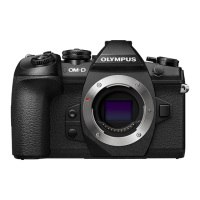

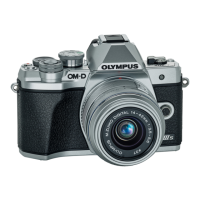
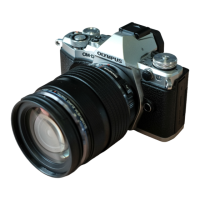
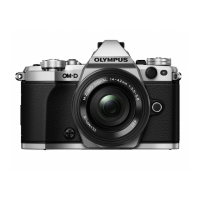
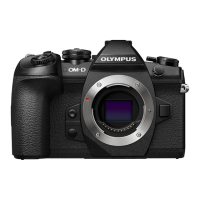
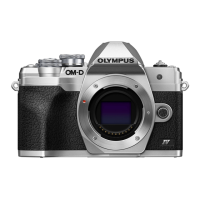
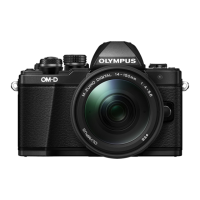
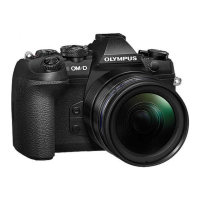

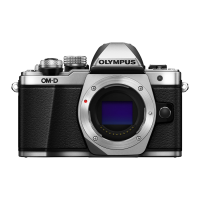
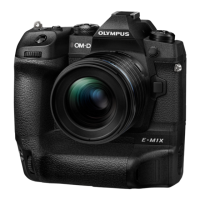
